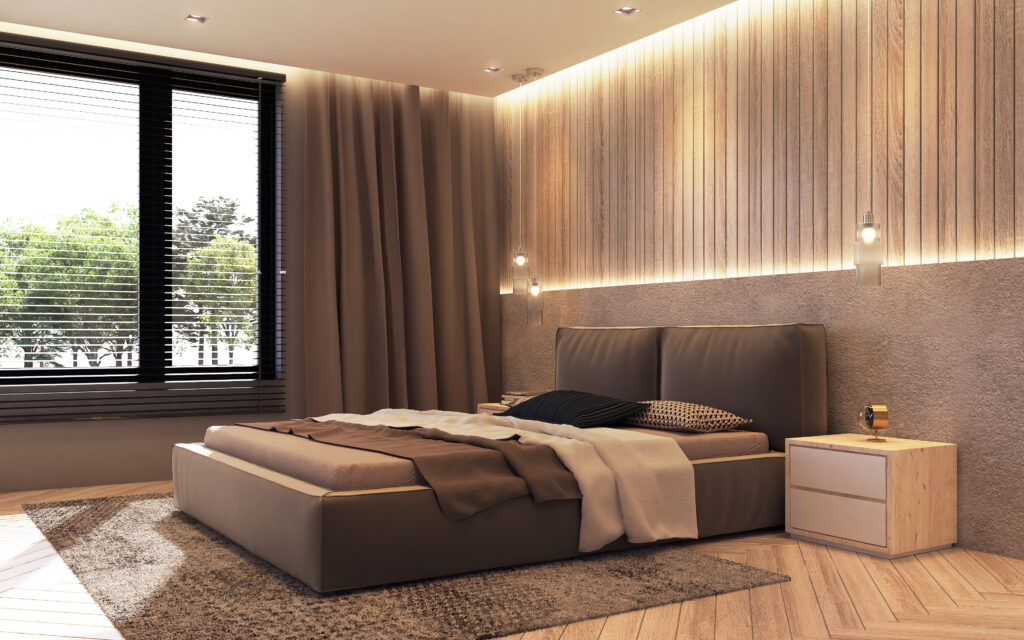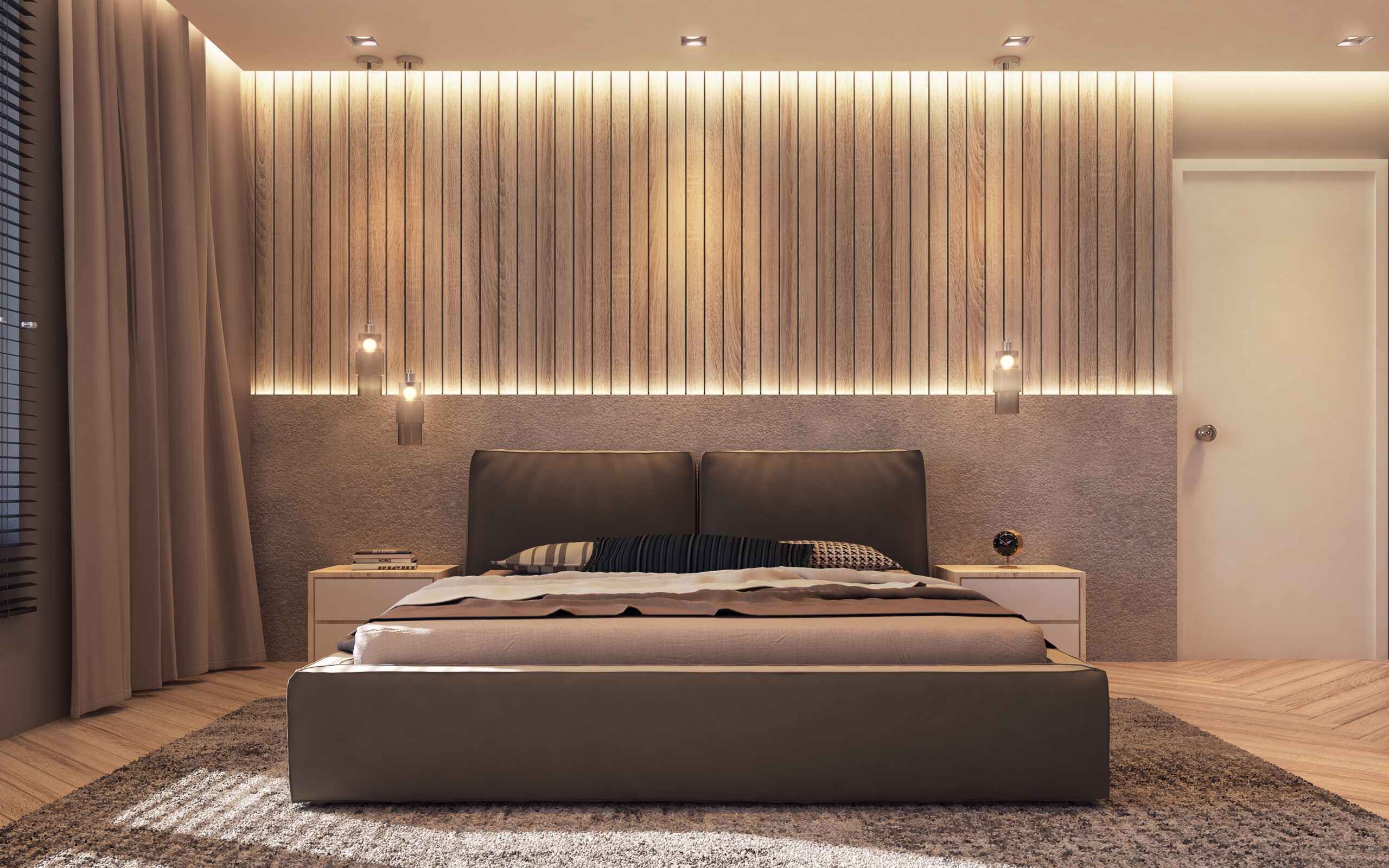If you are working as (or have worked with) an interior designer, this term will most likely seem familiar to you. It is usually one of the services provided in a project. So what is 3d visualization?
3D visualization is a process of creating a 2D image from 3D models. It is most commonly used to show how an interior, or exterior space will look like once the renovations are completed.

3D Visualization Workflow
We need to first look at (part of) the process of an interior design project.
First, the interior designer comes up with layout plans, such as furniture layout plan, reflected ceiling plan, floor and wall finishes plan; along with furniture, lights, and material selection; and so on. The artist will study and interpret these plans to understand what goes where.
Second, it’s time to put all these together. This is where 3d visualization comes in. The artist will work closely with the interior designer for the desired outcome. This involves 3D modelling, material application, image and lighting composition. The artist will render out low-resolution perspectives (draft renders) for feedback by the designer or client. This will repeat for several rounds until the final render.
Lastly, the artist will then render out high-resolution images (final renders). He/she will insert into Photoshop for further editing before sending to the designer. (Another few rounds of revisions may occur after this, depending on the clients’ comments.)
So why 3d visualization is important?
For clients, they can look at layout plans, material and furniture selections all they want, but it is hard for them to imagine the design in their minds. A 3D perspective that ties all these information together makes it easier for them to imagine.
As for designers, they can make the necessary changes to achieve the desired outcome. They are able to change the furniture selection, material, or the design itself.
In a nutshell, 3d visualization is important because the whole point of it is to sell the design. It is probably the one thing that can make or break a project. Well, other than budget.
